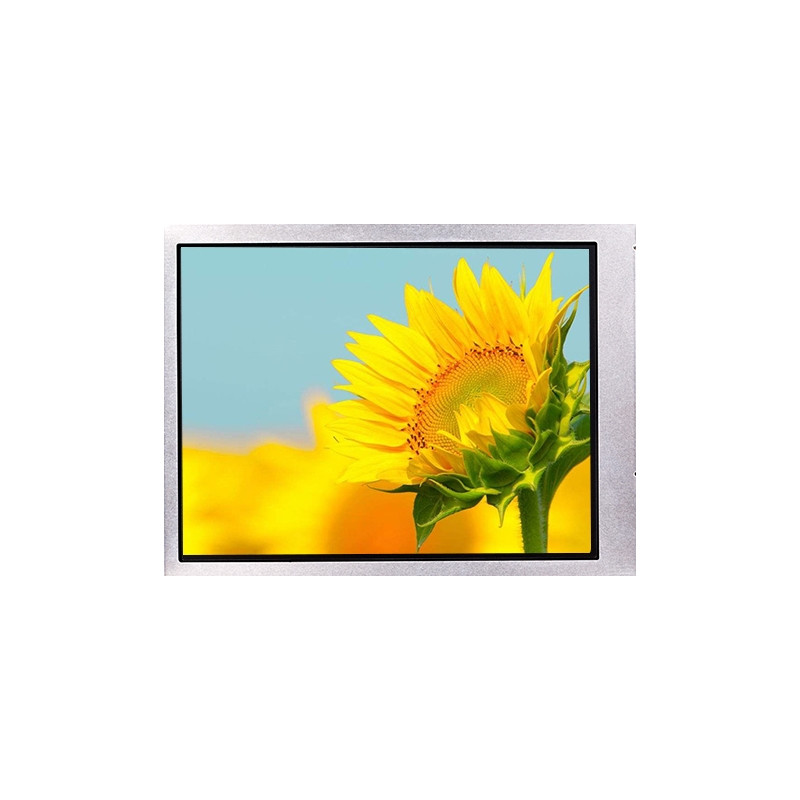One of the most significant advantages that LCD touch panels offer is customization. Manufacturers and designers can now have total control of the size of the touch panel, making it possible to design devices that are specific to their users' needs. This customization option now makes it possible to create touchscreens for a wide range of products, including cell phones, tablets, laptops, gaming systems, and many industrial and automotive applications.

There are three primary types of LCD touch panels: key-touch, multi-touch, and in-cell touch panels.
Key-touch LCD touch panels are suitable for devices that require a few button functions. These types of touch panels only respond to one touch point, making them ideal for devices like remote controls and printers.
Multi-touch LCD touch panels are the most common type of touch panels found in modern devices. Multi-finger gestures can be detected, such as swiping, scrolling, and pinching, providing users with a more intuitive and interactive experience.
In-cell touch panels simplify the manufacturing process by integrating the touch sensor into the LCD screen. This type of touch panel is usually found in high-end devices that require thinner screens and higher resolution.
On-cell touch panels are panels where a touch sensor is placed on top of the glass. These are usually found on lower-end devices due to their lower cost and slower touch response.
The G+G CTP touch panel is another option available to manufacturers and designers. This touch panel is made up of two pieces of glass that are glued together with an optical adhesive, providing excellent optical quality and durability.
In terms of industry and automotive CTP solutions, companies such as Cypress, Atmel, and Focaltech offer solutions that cater to specific industries like aviation, medical, and automotive. These solutions are custom-made to fit the specific requirements and regulations necessary for these industries.
Finally, optical bonding is another customization option available for LCD touch panels. It involves placing a layer of optical clear adhesive (OCA) between the touch panel and LCD, providing a better interface and reducing the reflective index. Optical clear resin (OCR) is also used in this process to reduce the air gap between the LCD and the touch panel, resulting in better durability and visibility.
In conclusion, LCD touch panels have come a long way since their inception, providing us with a new standard for intuitive and interactive electronic devices. With customization options such as size, key-touch, multi-touch, in-cell touch panels, G+G CTP touch panels, industry and automotive CTP solutions, and optical bonding, the possibilities for electronic devices are endless. If you are looking to create a device that requires a touch screen, it is important to consider customization options that can help you stand out from the competition.